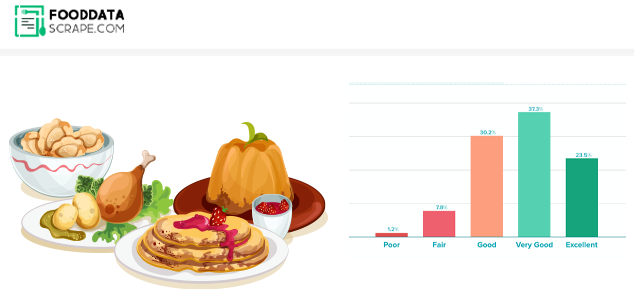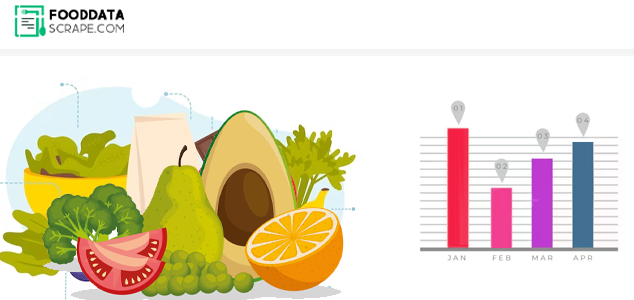






















This report examines grocery retail trends for 2025, leveraging web-scraped data from e-commerce platforms, retailer websites, and industry reports to uncover market dynamics. The report provides insights into the evolving grocery landscape by analyzing consumer behavior, pricing strategies, and technological advancements. Key trends include the dominance of omnichannel shopping, a surge in value-driven purchases, and growing demand for sustainability and private-label products. Web scraping lets retailers monitor competitor pricing and consumer preferences in real time, driving strategic decisions. The analysis highlights how major players like Walmart, Amazon, and ALDI adapt to these trends through dynamic pricing, AI-driven analytics, and enhanced digital transparency. The report underscores the critical role of web scraping in maintaining competitiveness in a rapidly changing market.
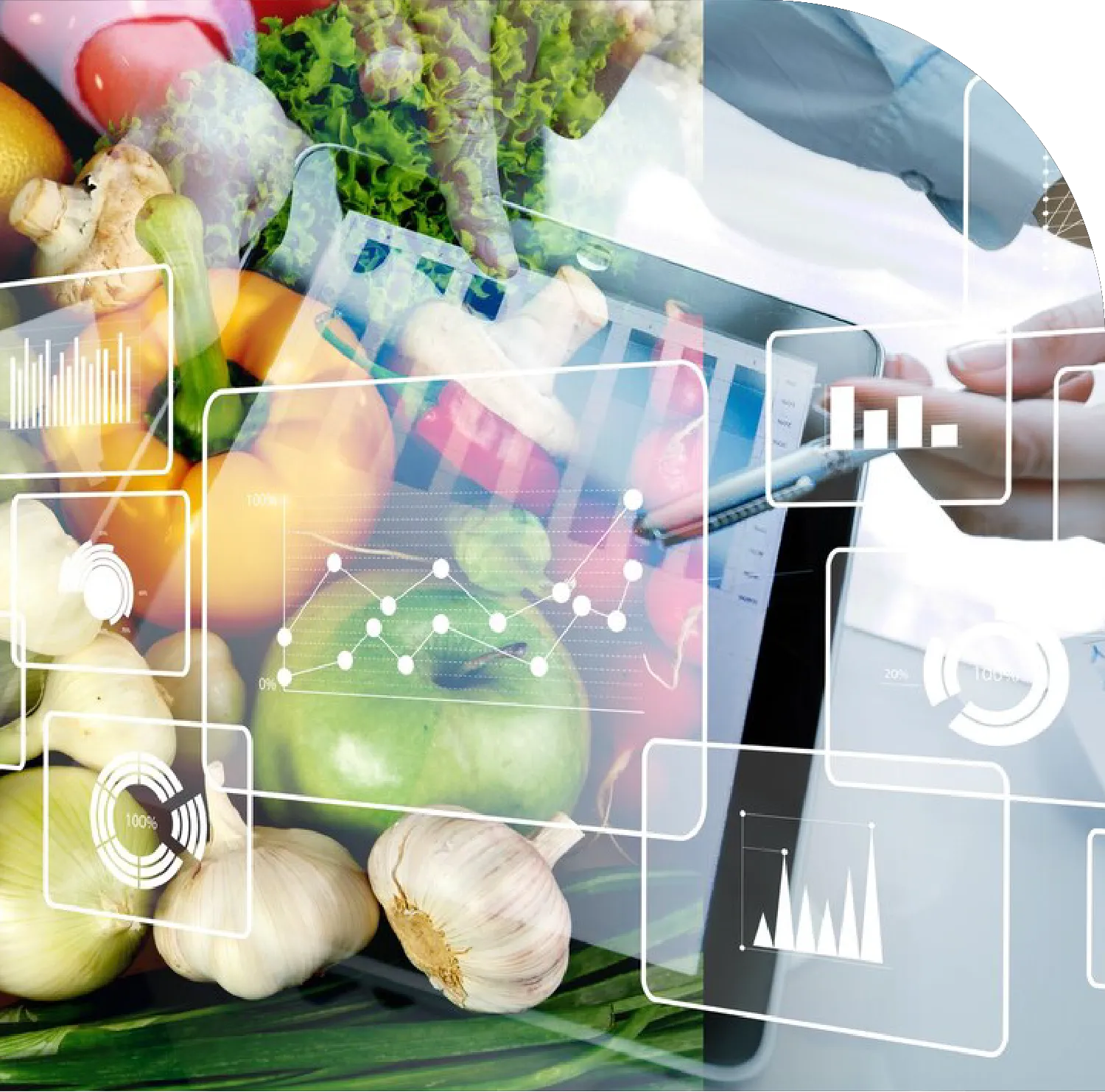
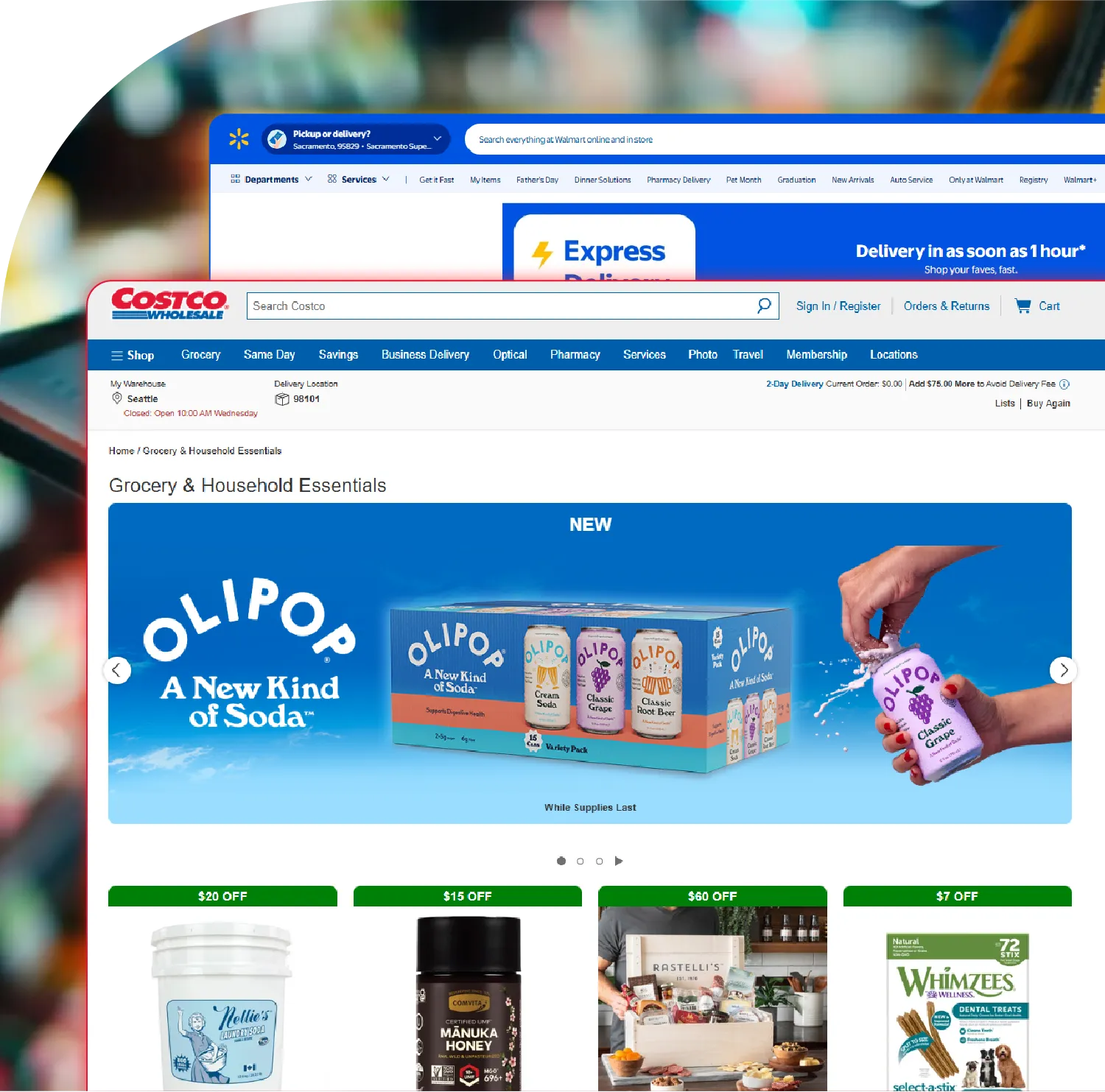
1. Omnichannel Growth: 86% of U.S. CPG sales are driven by omnichannel shoppers.
2. Value Shopping: 70% of consumers prioritize cost due to inflation.
3. Technology Adoption: Retailers like Walmart implement electronic shelf labels in 2,300 stores.
4. Sustainability Demand: 26% of shoppers seek eco-friendly products online.
5. Private Label Surge: Private labels account for 39.1% of European grocery sales.
The retail grocery industry will experience revolutionary change in 2025 due to changing consumer attitudes, technology, and the growing implementation of digital solutions. Web Scraping Grocery Retail Trends 2025 is now a must to comprehend these changes in detail. As an automated data recovery method, web scraping is now a critical tool for retailers to track trends, make informed strategies, and remain competitive in this dynamic market. This method complements the Web Scraping Grocery Market Forecast 2025 by offering timely insights into changing market dynamics.
By scraping real-time data from e-commerce websites, grocery apps, and rival websites, companies derive usable insights into pricing, consumers' likes and dislikes, and market movement. Using methods to Scrape Grocery Shopping Behavior Data in 2025, firms can monitor and forecast customers' buying habits with greater precision.
This report examines major grocery retail trends for 2025 based on web-scraped information, identifying emerging trends and what they mean for the industry. The data-based insights provide a comprehensive Web Scraping Grocery Retail Trends 2025 outline of how stores can prepare for future challenges and opportunities.
Findings are derived from information gathered from credible sources, such as market reports, industry research, and web scraping websites, to present a data-driven view of how grocery retailing will evolve. The all-encompassing method aligns well with the Web Scraping Grocery Market Forecast 2025, making businesses well-educated and equipped.
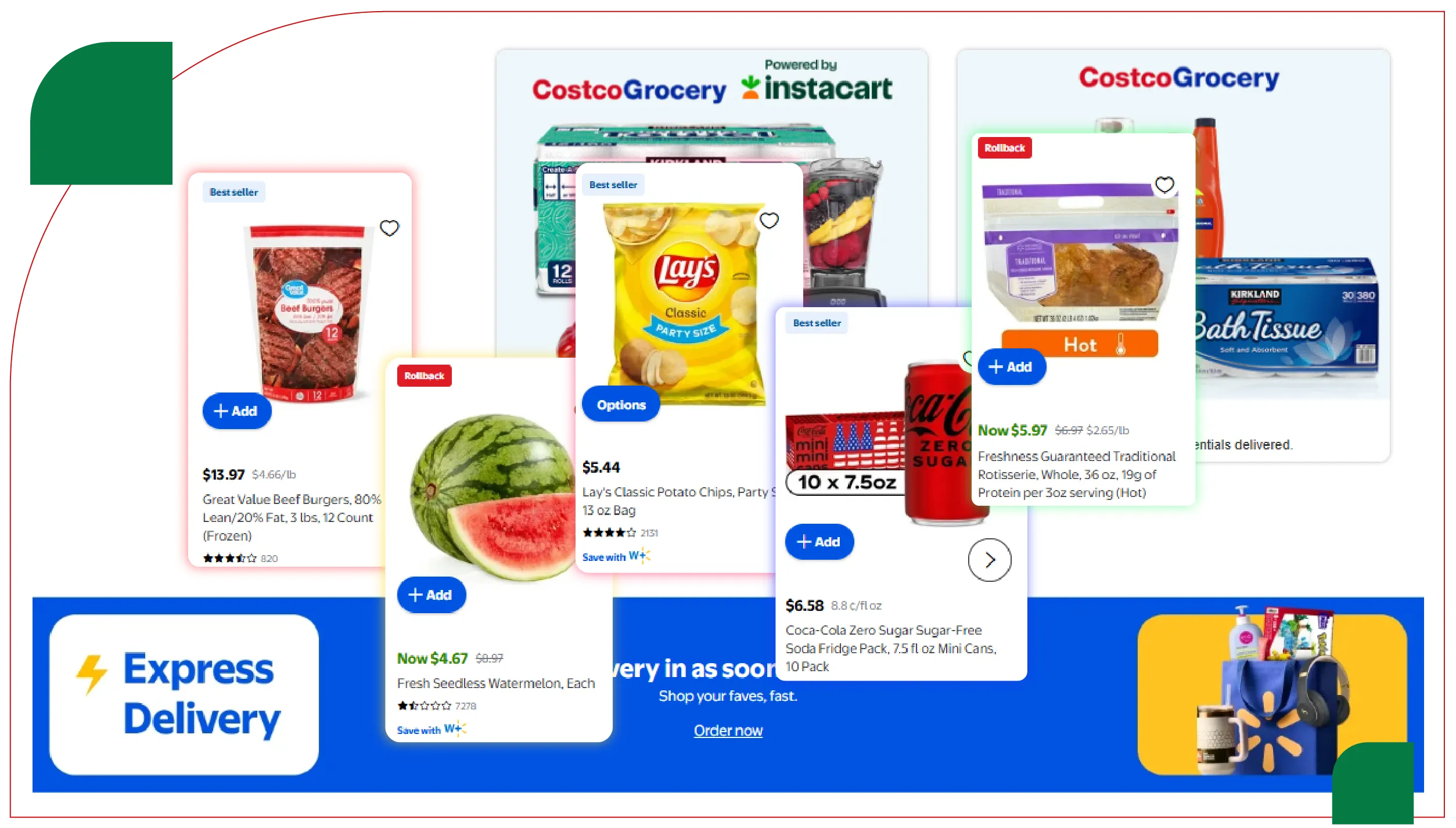
Two detailed tables summarizing web-scraped data on key metrics and trends are presented below to provide a clearer picture of the grocery retail landscape in 2025.
Table 1: Online Grocery Sales Growth by Retailer (U.S., 2024–2025)
| Retailer | Online Sales 2024 ($B) | Online Sales April 2025 ($B) | Year-over-Year Growth (%) | Market Share (%) |
|---|---|---|---|---|
| Walmart | 4.2 | 4.9 | 16.7 | 50.0 |
| Amazon | 2.1 | 2.5 | 19.0 | 25.5 |
| Kroger | 1.0 | 1.2 | 20.0 | 12.2 |
| Target | 0.8 | 0.9 | 12.5 | 9.2 |
| ALDI | 0.4 | 0.5 | 25.0 | 5.1 |
Analysis:
Table 2: Consumer Behavior Trends in Grocery Retail (2025)
| Trend | Percentage of Shoppers (%) | Key Driver | Retailer Response (Web-Scraped Insights) |
|---|---|---|---|
| Omnichannel Shopping | 86 | Convenience and Price Parity | Walmart, Kroger use stores as fulfillment centers |
| Value Shopping | 70 | Inflation and Cost Concerns | Dynamic pricing via ESLs, promotions on apps |
| Sustainability Preference | 26 | Demand for Eco-Friendly Products | Highlighting sustainable attributes on product pages |
| Private Label Purchase | 39 (Europe) | Cost-Effectiveness and Quality | ALDI, Lidl expand private-label offerings |
| Delivery Service Usage | 56 | Demand for Convenience | Partnerships with Instacart, Shipt for rapid delivery |
Analysis:
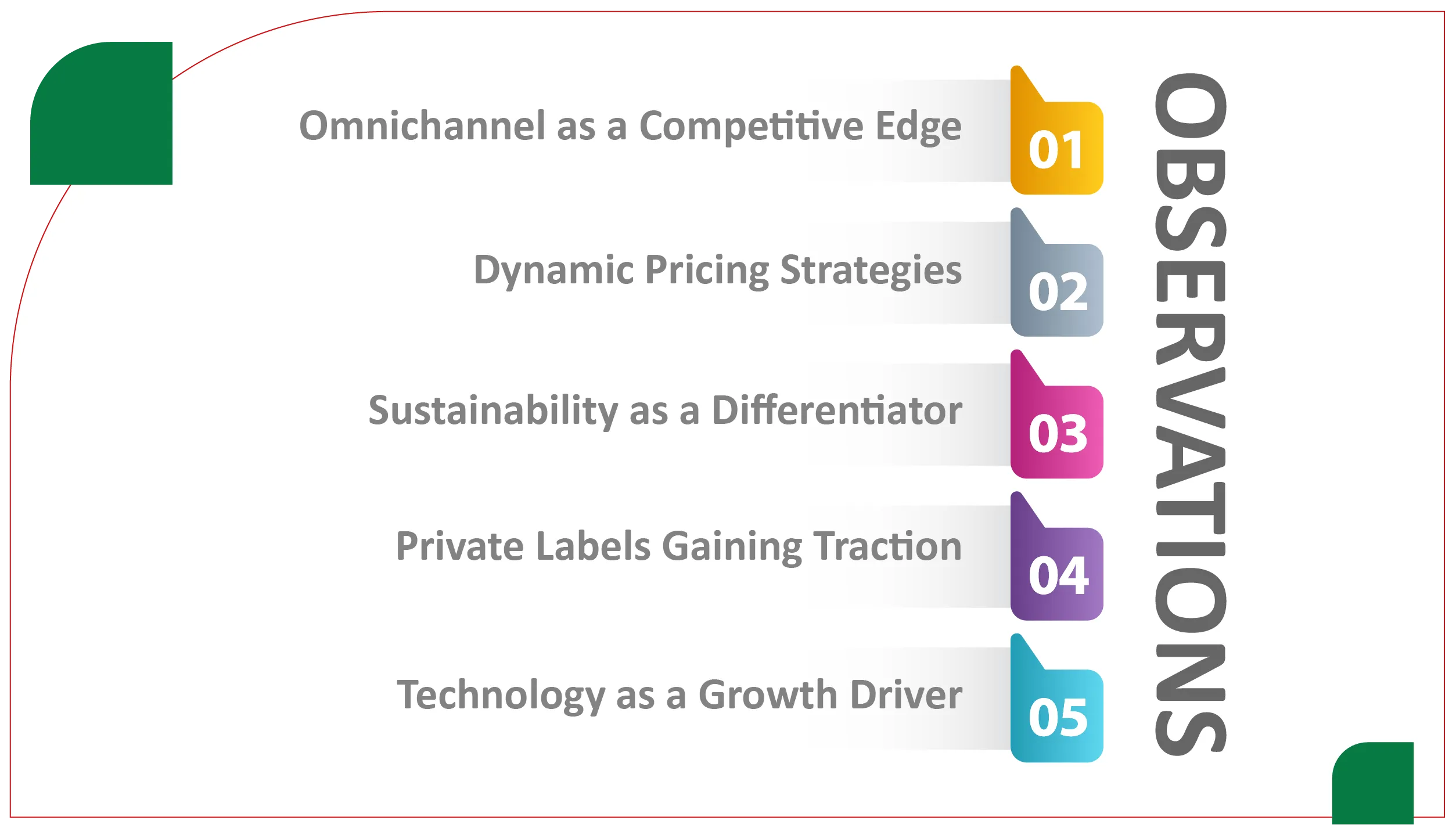
The grocery retail sector 2025 is characterized by a blend of technological innovation, consumer-driven demand for value and sustainability, and the rise of omnichannel strategies. Grocery App Data Scraping Services have emerged as a critical tool, enabling retailers to extract real-time data on pricing, consumer behavior, and competitor strategies. The findings highlight the dominance of omnichannel shopping, the surge in value-driven purchases, and the growing emphasis on sustainability and private labels. By leveraging web-scraped data, retailers can optimize pricing, enhance product transparency, and align with consumer preferences, ensuring they remain competitive in a rapidly evolving market. As the industry continues to grow, the integration of AI and advanced analytics will further amplify the role of Web Scraping Quick Commerce Data in shaping grocery retail trends.
Are you in need of high-class scraping services? Food Data Scrape should be your first point of call. We are undoubtedly the best in Food Data Aggregator and Mobile Grocery App Scraping service and we render impeccable data insights and analytics for strategic decision-making. With a legacy of excellence as our backbone, we help companies become data-driven, fueling their development. Please take advantage of our tailored solutions that will add value to your business. Contact us today to unlock the value of your data.



